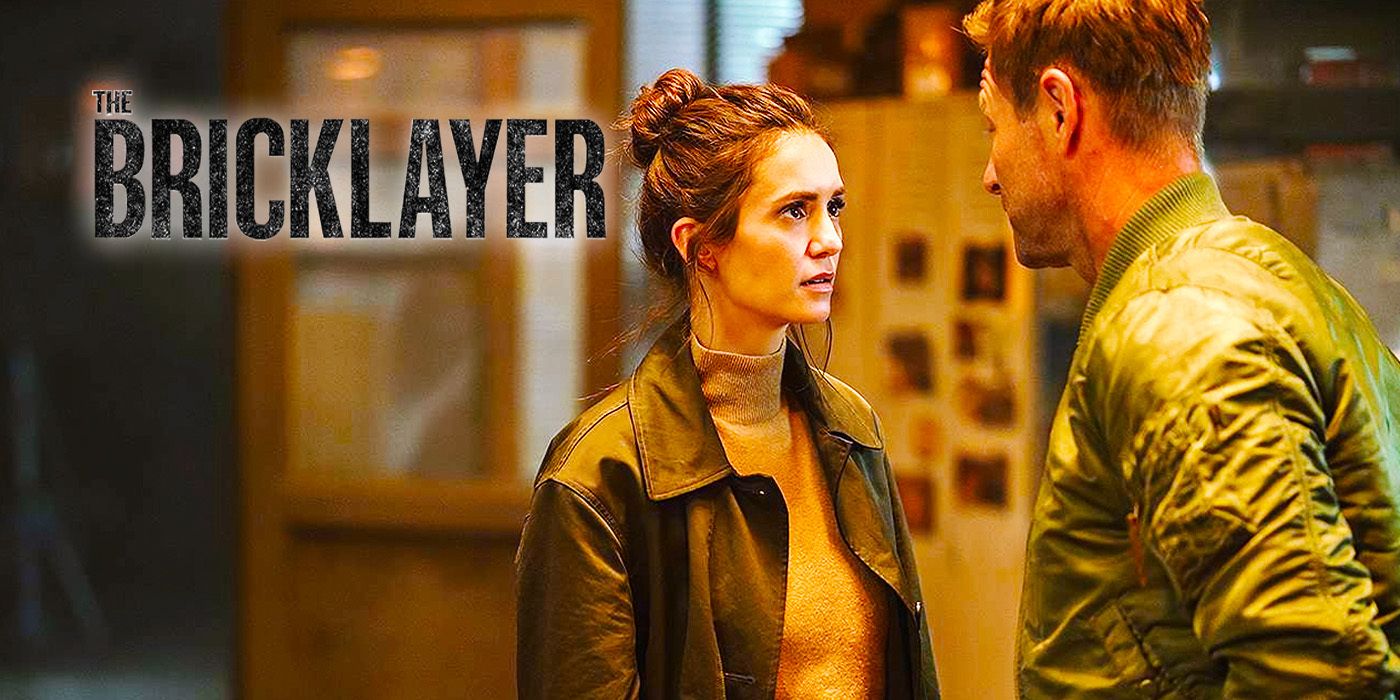The Bricklayer: Building the Foundation of the Modern World
Brick by brick, wall by wall, the bricklayer has been an unsung hero in shaping the architecture and infrastructure of civilizations. The bricklayer’s work has left a lasting legacy from ancient cities to modern skyscrapers. This article explores the bricklayer’s role, skills, history, and enduring importance in human society.
The History of the Bricklayer
The profession of the bricklayer dates back thousands of years to the very dawn of civilization. The earliest evidence of bricklaying can be traced to Mesopotamia, around 7500 BC, where sun-dried clay bricks were used to build homes, temples, and city walls. These early structures marked the beginning of a long and proud tradition.
The ancient Egyptians relied heavily on bricklayers to construct the pyramids, temples, and administrative buildings that still awe visitors today. Meanwhile, the Romans elevated bricklaying to an art form, introducing innovations like fired bricks, arches, and aqueducts that remain architectural marvels.
During the Middle Ages, bricklayers were critical in building the castles, cathedrals, and fortresses that defined Europe’s skyline. The Renaissance and Industrial Revolution brought further advancements, but the bricklayer’s work remained central to society’s progress through all these periods.
The Skills of the Bricklayer
The bricklayer’s craft requires precision, physical endurance, and creative problem-solving. While the task may appear simple at first glance—laying bricks in straight, even lines—it demands an expert understanding of geometry, materials, and construction techniques.
- Precision and Attention to Detail
A skilled bricklayer knows that the quality of their work affects the structure’s stability and longevity. Every brick must be placed carefully, with the correct amount of mortar, and in alignment with the blueprint. A single misaligned brick can compromise the integrity of an entire wall.
- Physical Strength and Endurance
Bricklaying is a physically demanding job. Workers must lift and position heavy bricks, mix mortar, and work in challenging conditions—sometimes at great heights or in extreme weather. Yet they persevere, driven by the knowledge that their labor will stand the test of time.
- Problem-Solving and Creativity
Not every construction site is straightforward. Bricklayers often face unexpected challenges, such as uneven terrain or unique architectural designs. Adapting to these challenges requires creativity and quick thinking.

The Bricklayer in the Modern Era
Today, the bricklayer remains essential to the construction industry, though the tools and methods have evolved. Using machinery like cranes, brick-cutting saws, and mortar mixers has streamlined many aspects of the job. However, the fundamental skills and principles of bricklaying remain unchanged.
Modern bricklayers contribute to a wide range of projects, including:
- Residential Homes: From small cottages to significant suburban developments, bricklayers help create durable and attractive homes.
- Commercial Buildings: Office towers, shopping centers, and industrial facilities often feature the bricklayer’s work in their exteriors and interiors.
- Infrastructure: Bridges, tunnels, and public spaces rely on bricklaying for structural integrity and aesthetic appeal.
- Restoration: Bricklayers also play a crucial role in preserving historic buildings, ensuring that the architectural heritage of the past is maintained for future generations.
Challenges Faced by the Bricklayer
Despite their vital contributions, bricklayers face significant challenges in their profession.
- Physical Strain
The demanding nature of bricklaying can be taxing on the body, leading to issues like back pain, joint problems, and repetitive strain injuries. Proper training and protective equipment are essential to minimize these risks.
- Labor Shortages
In many regions, there is a shortage of skilled bricklayers, partly due to a decline in interest among younger generations. This has led to delays in construction projects and increased demand for experienced professionals.
- Climate and Weather
Outdoor construction often exposes bricklayers to harsh weather conditions, from scorching heat to cold. These factors can slow down progress and make the job more challenging.
The Future of the Bricklayer
As the construction industry continues to evolve, so does the bricklayer’s role. Advances in technology, such as 3D-printed bricks and robotic bricklaying machines, are transforming the construction landscape. However, these innovations are unlikely to replace human bricklayers’ expertise and craftsmanship entirely.
The bricklayer of the future will likely collaborate with machines, using their skills to oversee quality and tackle complex tasks that automation cannot handle. Additionally, the growing focus on sustainable construction will create new opportunities for bricklayers to contribute to eco-friendly designs and materials.
Celebrating the Legacy of the Bricklayer
Bricklayers are more than just tradespeople—they are creators, problem-solvers, and custodians of human heritage. Their work is visible in every city, town, and village, a testament to the enduring importance of this noble craft.
As we look to the future, it is essential to recognize and celebrate the contributions of the bricklayer. Whether restoring a historic cathedral or constructing a modern skyscraper, the bricklayer’s work will continue to shape the world around us, one brick at a time.

Conclusion
The bricklayer is a cornerstone of society, playing a critical role in shaping our built environment. Their history stretches back to the dawn of civilization, their skills are indispensable, and their work continues to inspire and support communities worldwide.
In the face of challenges and technological change, the bricklayer remains vital, bridging the gap between tradition and innovation. As we admire the buildings that define our cities and homes, let us not forget the dedicated hands that built them—the hands of the bricklayer.



